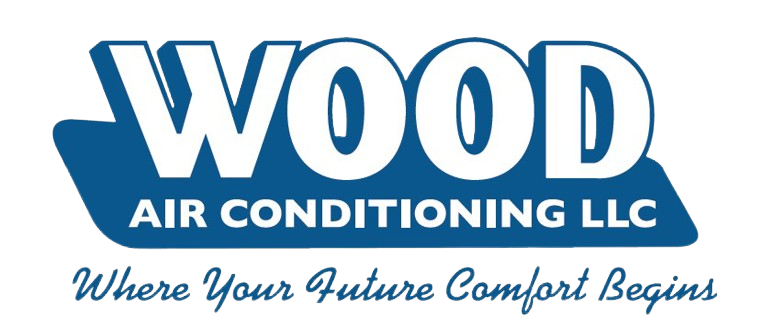5 Heating Issues You May Find in Your Older Home
You may have an older home in Hughes Springs, TX. Although it boasts style and charm, you might notice that it’s difficult to heat your home efficiently in the winter. Below are five heating issues you may notice in your older home.
Older HVAC Unit
The average lifespan of an HVAC unit is 15 years, but that’s only only with routine maintenance. Without routine maintenance, the lifespan drops by half, but not before needing costly repairs. With an older home, you have no idea how well the previous owners took care of the HVAC unit, and you don’t know how long it’ll last.
Older HVAC units suffer from reduced inefficiency, and you may notice problems such as increased electric bills or that your HVAC unit isn’t keeping you as warm as it should. Other signs of an older HVAC system includes increased running time, loud noises or a frequent need for repair.
Leaks in the Ductwork
Your HVAC system uses ductwork to move heated air throughout your home. If you have cracks or the sealing around the joints wears away, this allows air to escape, which lowers the efficiency of your unit and wastes your money.
A few signs that indicate you have leaky ductwork include excessive dust in your home, uneven heating or higher utility bills when your power provider hasn’t raised the rates. You should also replace your ductwork every 15 years, and since they’re located out of sight, it’s important not to forget about them.
No HVAC Zoning
In older homes, you’ll notice that there’s a single thermostat that controls the temperature for the entire house, which becomes problematic if you have more than one floor. Current HVAC systems, such as a ductless mini-split, allow you to separate your home into zones, each one with its own thermostat. This way, you can have warmer bedrooms and lower the heating for the living room if you wish.
When you have a zoned HVAC system, it doesn’t have to work as hard to keep you comfortable. By reducing the temperature in unused parts of your home, it reduces the demand on the whole system, which also helps to increase its lifespan. Zoned systems are easy to install.
Outdated Thermostats
Older thermostats have basic controls and become increasingly inefficient as they age. The lifespan of a thermostat is 10 years, which means if you have a non-programmable thermostat or one with a needle, it’s time for an upgrade. Modern thermostats allow you to better control your HVAC settings and maximize energy efficiency.
Programmable thermostats not only keep your home at a consistent temperature, but you also spend less time adjusting your thermostat. You no longer have to adjust the thermostat when you come home, when you leave for work or when you go to bed. Programmable thermostats also allow you to access your system remotely to adjust the settings.
Poor Indoor Air Quality
Older HVAC systems can have a musty odor to them because they have a harder time stabilizing humidity levels that allow mildew, bacteria and other contaminants to affect your indoor air quality. The EPA states that indoor air pollution is often two to five times worse than outdoor levels. While you may not always know if you have poor indoor air quality, some of the signs to look for are increased sneezing, allergic reactions, coughing or difficulty breathing, dry skin, headaches, nausea, dust buildup and respiratory issues.
Our certified service technicians can help you with the HVAC issues that you may have in your older home. Contact Wood Air Conditioning & Plumbing today for all your HVAC needs.
Image provided by iStock
